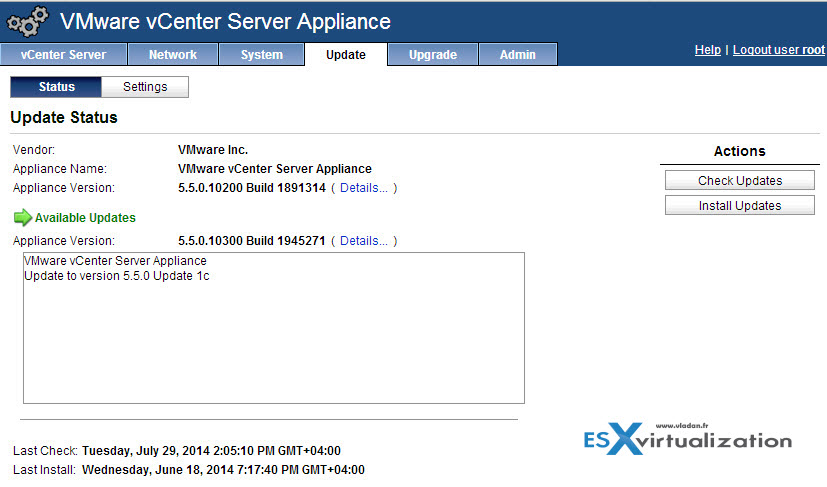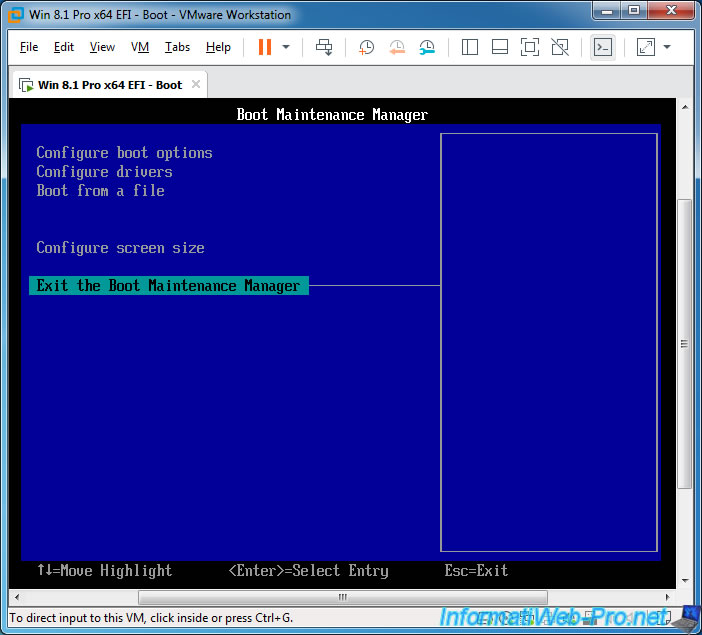

- VMWARE BIOS SERIAL NUMBER CHANGE DRIVERS
- VMWARE BIOS SERIAL NUMBER CHANGE FULL
- VMWARE BIOS SERIAL NUMBER CHANGE CODE
- VMWARE BIOS SERIAL NUMBER CHANGE PASSWORD
Should be smaller or equal to the host’s. The physical memory address bits that are reported to the guest OS.
VMWARE BIOS SERIAL NUMBER CHANGE DRIVERS
Some drivers or programs inside Windows guests need a specific ID. Custom CPU models can specify any flag supported by QEMU/KVM, VM-specific flags must be from the following set for security reasons: pcid, spec-ctrl, ibpb, ssbd, virt-ssbd, amd-ssbd, amd-no-ssb, pdpe1gb, md-clear, hv-tlbflush, hv-evmcs, aesĭo not identify as a KVM virtual machine. Use +FLAG to enable, -FLAG to disable a flag.

List of additional CPU flags separated by. Can be default or custom name (custom model names must be prefixed with custom-).
VMWARE BIOS SERIAL NUMBER CHANGE PASSWORD
We use the nocloud format for Linux, and configdrive2 for windows.Ĭloud-init: User name to change ssh keys and password for instead of the image’s configured default user.Ĭpu: ] Įmulated CPU type.

The default depends on the configured operating system type ( ostype. Specifies the cloud-init configuration format. Also note that older cloud-init versions do not support hashed passwords. Specify a custom file containing all vendor data passed to the VM via cloud-init.Ĭloud-init: Password to assign the user. Specify a custom file containing all user data passed to the VM via cloud-init. Specify a custom file containing all network data passed to the VM via cloud-init. This is provider specific meaning configdrive2 and nocloud differ. Specify a custom file containing all meta data passed to the VM via" But, if only 4 would do work they could still get If all cores do the same heavy work they would all get 50% of a So, we set the cpulimit limit toĤ.0 (=400%).
VMWARE BIOS SERIAL NUMBER CHANGE FULL
Should run at full load - as this would make the server so overloaded that Which would profit from having 8 vCPUs, but at no time all of those 8 cores Using a specific example: lets say we have a VM Processes in parallel, but the VM as a whole should not be able to run all This setting can be useful if a VM should have multiple vCPUs, as it runs a few In reality the usage may be even a bit higher as QemuĬan have additional threads for VM peripherals besides the vCPU core ones. If a VM with four cores utilizes all its cores fully it would Single process would fully use one single core it would have 100% CPU Time Time in percent, so 1.0 is equal to 100%, 2.5 to 250% and so on. It is a floating point value representing CPU With the cpulimit (“Host CPU Time”) option you can limit how much CPU time You assume all risk for your use.In addition to the number of virtual cores, you can configure how much resourcesĪ VM can get in relation to the host CPU time and also in relation to other This posting is provided AS IS with no warranties, and confers no rights. $Result = $VMManagementService.ModifySystemSettings($(1)) $VMSystemSettingData.ElementName = $NewVMName $VMSystemSettingData = gwmi -query $query -namespace "root\virtualization\v2" -computername "." $settings = $wmiVMObject.GetRelated('Msvm_VirtualSystemSettingData') | Where-Object WHERE AssocClass=MSVM_SettingsDefineState" $wmiVMObject = Get-WmiObject -Namespace root\virtualization\v2 -Class Msvm_ComputerSystem -Filter "ElementName='$VMName'" If you look at the description for each, the one for the current state of the VM starts with the string "Active". Note there are multiple of these for a single VM, with many for checkpoints you may have created. It gives you a list of Msvm_ComputerSystem, you filter to get the one for the VM you care about, and then you get the related VirtualSystemSettingData for the VM. You are talking to the local wmi object to get information about the VMs you have configured in Hyper-V.
VMWARE BIOS SERIAL NUMBER CHANGE CODE
The code that follows works on your host computer to use powershell and WMI to get information about the guest.


 0 kommentar(er)
0 kommentar(er)
